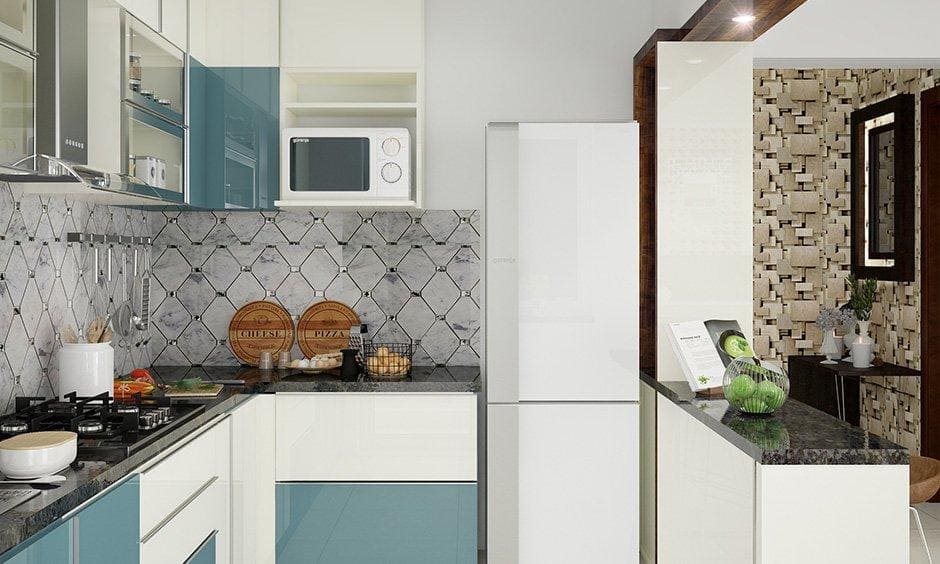In the ever-evolving world of technology, the concept of a voice-controlled home theater setup is no longer a distant dream but a reality that is transforming the entertainment experience for many, especially creative professionals. This setup not only enhances convenience but also adds a touch of sophistication to one’s home entertainment system. Imagine being able to control everything from the lights to the sound with just your voice! This article will explore the intricacies of setting up a voice-controlled home theater and how it can be a game-changer for your home.

Why Choose a Voice-Controlled Home Theater Setup?
For creative professionals, a voice-controlled home theater setup offers an unparalleled level of convenience and efficiency. Whether you are unwinding after a long day or hosting a movie night with friends, voice control allows you to manage the entire system without lifting a finger. Moreover, it integrates seamlessly with other smart devices in your home, creating a cohesive and futuristic environment.
Benefits of a Voice-Controlled Setup
- Hands-Free Operation: No need to search for remotes or press buttons.
- Seamless Integration: Works with other smart home devices for a unified experience.
- Enhanced Accessibility: Ideal for individuals with mobility challenges.
Components of a Voice-Controlled Home Theater
Setting up a voice-controlled home theater involves several key components. Each of these components plays a crucial role in ensuring the system functions smoothly and efficiently.
Smart Speaker
The smart speaker is the heart of any voice-controlled system. It acts as the primary interface between you and the system. Popular options include Amazon Echo and Google Nest. These devices not only respond to voice commands but also offer high-quality audio output.
Smart TV
A smart TV is essential for accessing streaming services and other online content. Brands like Samsung and LG offer models that are compatible with voice control features, allowing you to switch channels, adjust volume, and access apps using just your voice.
Sound System
A good sound system enhances the overall entertainment experience. Look for systems that offer voice control capabilities and are compatible with your smart speaker. Brands like Sonos and Bose provide excellent options.
Lighting System
Integrating smart lighting into your home theater setup allows you to adjust the ambiance with simple voice commands. Philips Hue and LIFX offer a range of smart bulbs and light strips that work seamlessly with voice assistants.
Setting Up Your Voice-Controlled Home Theater
Creating a voice-controlled home theater setup involves careful planning and execution. Here are the steps to help you get started:
Step 1: Choose the Right Devices
Select devices that are compatible with each other and with your chosen voice assistant. Ensure they support the features you desire.
Step 2: Install and Configure
Set up each device according to the manufacturer’s instructions. Connect them to your home Wi-Fi network and ensure they are recognized by your smart speaker.
Step 3: Integrate with Voice Assistant
Use the voice assistant’s app to integrate each device into your smart home ecosystem. This step is crucial for enabling voice control.
Step 4: Customize Commands
Create custom voice commands for frequently used functions, such as ‘dim the lights’ or ‘play my favorite playlist.’ This enhances convenience and personalization.
Ensuring Optimal Performance
To ensure your voice-controlled home theater system operates at its best, regular maintenance and updates are necessary. Keep your devices updated with the latest firmware and software. Check connectivity and address any issues promptly.
Placement Matters
Proper placement of your devices can significantly impact performance. For tips on the best placement for smart speakers, visit this guide.
Addressing Common Challenges
While a voice-controlled home theater offers numerous benefits, it is not without challenges. Here are some common issues and how to address them:
Voice Assistant Misunderstandings
Sometimes, voice assistants may misinterpret commands. For solutions, check out this article on voice assistant misunderstandings.
Connectivity Issues
Ensure all devices are connected to a stable Wi-Fi network. Consider a mesh network for larger homes to improve connectivity.
The Future of Voice-Controlled Home Theaters
The future of voice-controlled home theaters is incredibly promising. As technology advances, we can expect even more seamless integration and enhanced features.
Advancements in AI
With ongoing advancements in AI, voice assistants are becoming more intuitive and capable of understanding complex commands.
Integration with More Devices
The number of devices that can be integrated into a voice-controlled setup is constantly growing, offering more options for customization and control.
Expanding Capabilities
As developers continue to innovate, the capabilities of voice-controlled home theaters will expand, offering users even more control over their environment.
Conclusion
In conclusion, a voice-controlled home theater setup is a valuable addition to any home, especially for creative professionals. It offers convenience, efficiency, and a modern touch to your entertainment system. By investing in the right components and following the setup guidelines, you can create a theater experience that is both enjoyable and futuristic. For more insights on the impact of voice control technology in your home, visit this external resource.

FAQs
What is a voice-controlled home theater setup?
A voice-controlled home theater setup is an entertainment system that allows users to control various aspects, such as audio, video, and lighting, using voice commands through a smart speaker or voice assistant.
What devices are needed for a voice-controlled home theater?
Essential devices include a smart speaker, smart TV, compatible sound system, and smart lighting. These components work together to create a seamless and interactive experience.
How do I integrate my devices with a voice assistant?
Use the voice assistant’s app to connect and configure each device within your smart home ecosystem, enabling voice control capabilities.
This article contains affiliate links. We may earn a commission at no extra cost to you.





